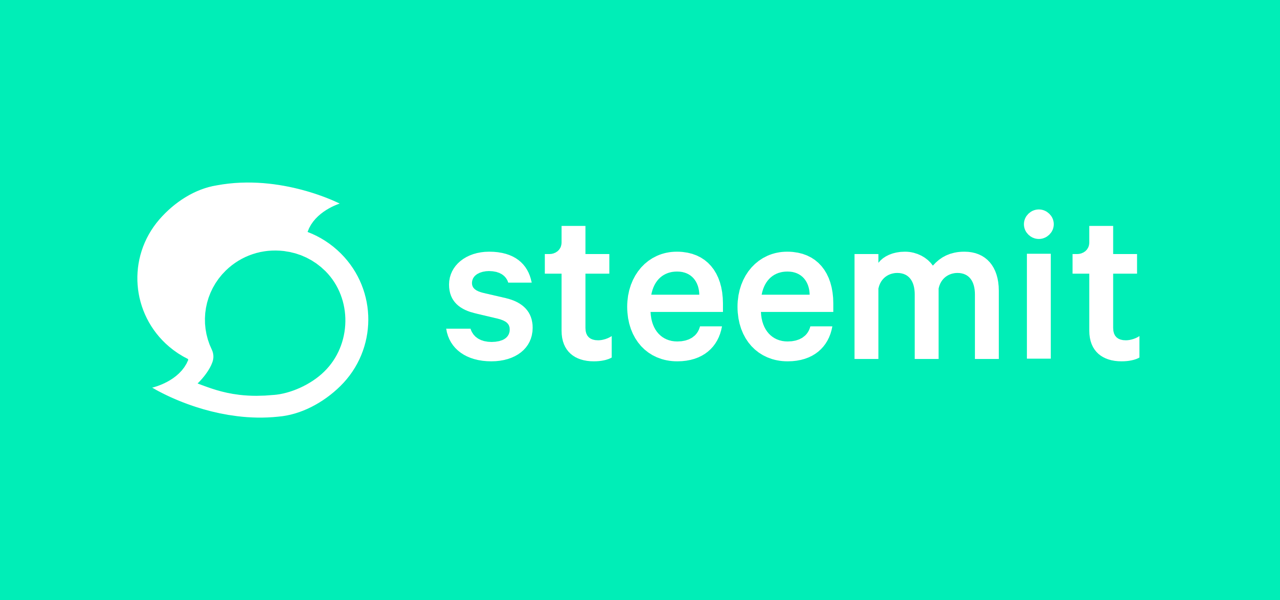Some key principles guided the design of Steem.

The most important is that those who contribute receive a pro rata property, profits and possibly take on the debt of the company (a principle that always applies to start-ups).
The second principle is that all forms of capital are welcome and have the same value: those who contribute in their free time to the production of content are valued as much as those who contribute by placing their money. A concept known as Sweat Equity that other cryptocurrencies are struggling to provide to more than a few dozen individuals.
The third principle is that the community produced to serve before all its members. This criterion is the same as that of credit or agricultural cooperatives ... which make the sale / purchase between members of the community rather than outside.
The Steem community provides the following services to its members:
- A source of organized and commented news
- A way to get high quality answers to customized questions.
- A stable cryptocurrency backed by the US dollar.
- Free payments (no commission).
- Jobs to provide these services to other members.
Steem is designed according to a bottom-up (bottom-up) logic with the idea of lowering barriers to adoption as much as possible. For Steem, the same factors that have made large social web platforms grow can grow a new social cryptocurrency. It is the synergy between cryptocurrency and social media that makes Steem unique.
Steem not only realigns the economic incentives of social networks for fairer results for contributors but also introduces interesting technical innovations with respect to the blockchain that existed before it.
The first technical challenge is to find an algorithm to attribute points to subjective contributions and that is considered by all stakeholders fairly neutral and neutral. This algorithm must be resistant to attacks and manipulation attempts for the diversion of profits. A flaw in the scoring system would immediately be followed by a loss of confidence in the system.
The basic solution normally used by sites
One-user = one-vote
Steem uses another technique.
The base unit of the platform is its cryptographic token: STEEM. Each account holds STEEM and Steem argues according to the rule:
One-STEEM = one-vote
But the logic goes further: Steem allows its members to vote with STEEM only if they are engaged in a sort of long-term investment plan (at least two years). Following this model, members are financially encouraged to vote in a manner that maximizes the long-term value of their STEEM.
A system is needed to identify and rank contributions by estimating their relative value, a system that also adapts to scaling to a potentially unlimited number of people. A system that has proved successful for such an assessment is the open market and yet the free market is not ideal: Most contributions have very little value and would be difficult to take into account. This is the reason why many websites with content micropayments have never taken off.
Steem is designed to allow efficient micropayments. Therefore, the economic equation is modified: readers no longer have to decide whether to pay from their pockets to read content but they vote for or against an article. Steem uses the sum of these votes to remunerate the authors.

There are, however, other forms of contribution that Steem recognizes and rewards by using an objective metric:
A transaction validation, proof-of-work mining, cash reward and denouncing the producers of fraudulent blocks.
Modes of contribution 1 - capital contribution
A community can attract capital in two ways: debt and property. Those who buy a property earn when the community grows and lose if the community decreases. Those who buy debt earn interest regularly but do not participate in the profits realized by the growth of the community. Both types of capital contributions are used for the growth of the community and for the valuation of its currency. In addition, there are two ways to own a property: cash or investment. Investing in a steem property makes it a long-term commitment: it can no longer be sold for a minimum period.
In Steem, there are three asset classes: Steem (STEEM), Steem Power (SP) and Steem Dollars (SMD).
1 - STEEMS are the basic unit of accounts and serve as a standard for defining the value of other tokens. They should only be possessed in the short term. To enter / exit from the platform, STEEM will have to be bought / sold, but once inside, they must be converted as quickly as SP or SMD in order to minimize the impact of long-term dilution. Steem has a pattern of inflationary provision: each year the monetary base doubles, but every three and a half years the Steem reward per block is down 1 / 10th. Since the emission of steem increases continuously (+ 100% per year), owning pure STEEM means being diluted by 0.19% per day.
There is an integrated exchange on the Steemit website where STEEM can be negotiated directly.
2 - Just as a start-up asks to block capital in the long term, Steem asks for a commitment in time with the Steem Power (SP). Knowing the locked-in capital allows the startup to make long-term plans. In the world of cryptocurrency where speculators move from one currency to another on the basis of short-term gains, Steem wants to have the platform controlled by those who have a long-term view of their investment.
The SP can be seen as a token of power and roughly represents the percentage of influence that a user has, compared to the rest of the community, measured in Steem. To reward members, 9 SP units are prorated per unit of Steem created. his discourages the long-term ownership of STEEMs and protects the holders from dilution. No-transferable and non-divisible SPs are not readily available for trading. We can only convert SP to STEEM very slowly: over a period of 2 years via 104 identical weekly payments. The blockchain automatically adds STEEMs to each block. At any time users can convert their STEEM to SP. Similarly, each time, SPs are converted into STEEM at the market price. The investor is sure to have more STEAM in the future than he had when he made the STEEMs-> SP conversion.
The question: you must have SPs in order to vote for or against a content.
The more SP has a member, the higher the impact of its votes on the content. This means that the SPs are the power token in the platform.
The transfer from STEEM to SP is said to be powering-up while the transfer from SP to Steem is said to be powering-down.
3 - The Steem Dollars (SMD) were designed to bring stability to the cryptocurrency world and to individuals who use the Steem network. They are created by a mechanism similar to convertible notes, often used to finance start-ups. These are short-term debt instruments that can be converted into property in the future at a fixed rate. A blockchain token can be seen as a property title in the community while a note convertible as a debt issued in another currency (here the dollar).
The creation of SBD requires a combination of three factors:
A reliable price source
Rules to prevent abuses
Of liquidity
Having a reliable price source in turn involves three factors:
The minimization of the impact of any incorrect information
Maximizing the cost of producing incorrect price information
Minimizing the importance of timing.
A user with SMDs can convert them to Steem in a process that lasts approximately one week, or he can keep them in his web portfolio. Holding SBDs is rewarded with interest of 10% per year. If, however, the SBDs exceed the value of the US dollar, interest payments will be discontinued.
Modes of contribution 2 - subjective contributions
We can get involved in a crypto-community in two ways: by buying coins or working for the platform. In both cases, users add value to the currency. The vast majority of people have more free time than money available, which is why it is interesting to start a currency in a "poor" community in order to monetize (without trusted third parties) time. People could make money through mutual exchange facilitated by fair accounting and the underlying currency system. Distributing a currency to as many people in a fair manner in exchange for heterogeneous and subjective work is a complex task. Tasks that can be fully evaluated by an objective computer algorithm are limited.
This problem already exists in part in the other cryptomata: How to pay developers who get involved in bitcoin, decred ...? The task is already arduous although one can measure computer code automatically. What about the evaluation of an article, a painting or another work of similar spirit?
This is where the subjective proof-of-work comes into play, as an alternative approach to the distribution of a currency via proof-of-work objective mining. Clearly, applications that can use a crypto-currency based on subjective proof of work are much broader because they can be applied to build a community around any concept having a sufficiently defined purpose. Indeed, the evaluation criteria for the work are subjective and their definition is outside the source code. A community may want to reward artists, poets, comedians ... Other communities may want to reward charitable causes, political ideas ... The subjective proof of work allows a community to collectively finance the development of what it considers to have The more value and allows the monetization of time, contrary to the objective counterpart.
On the contrary, the intelligent way must reward all those who do something positive for the community. This requires classifying upstream the work of everyone and know how to redistribute it proportionally to its value. The more competitive the market becomes, the more difficult it becomes to provide a high enough quality to earn the same sums.

Lengthy...But the buttom line is, those that contribute to the community deserves the best.
It's logic
Follow me i will follow you back
@crypto-booster
https://steemit.com/dangerous/@crypto-booster/dangerous-boarder-in-world